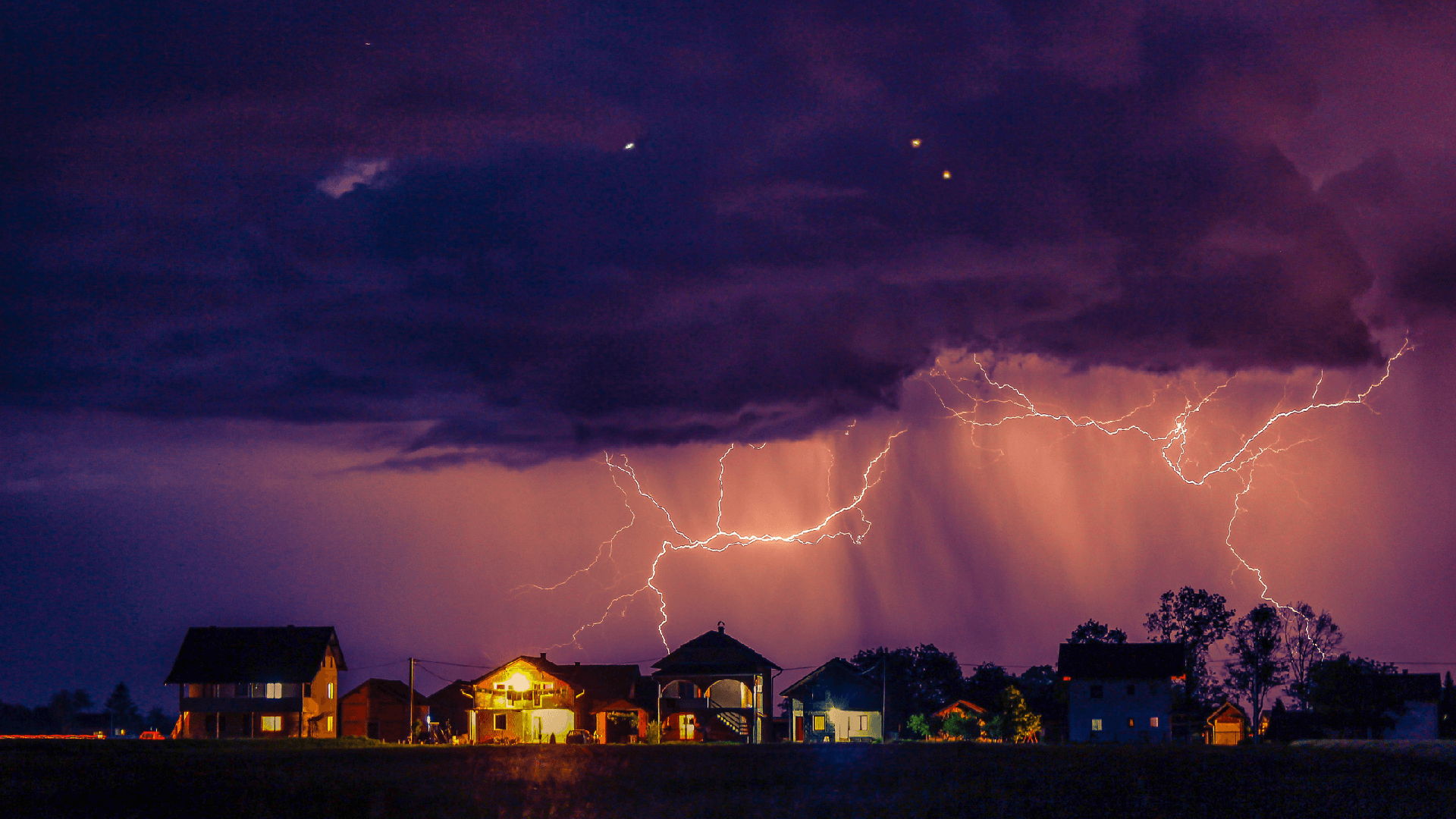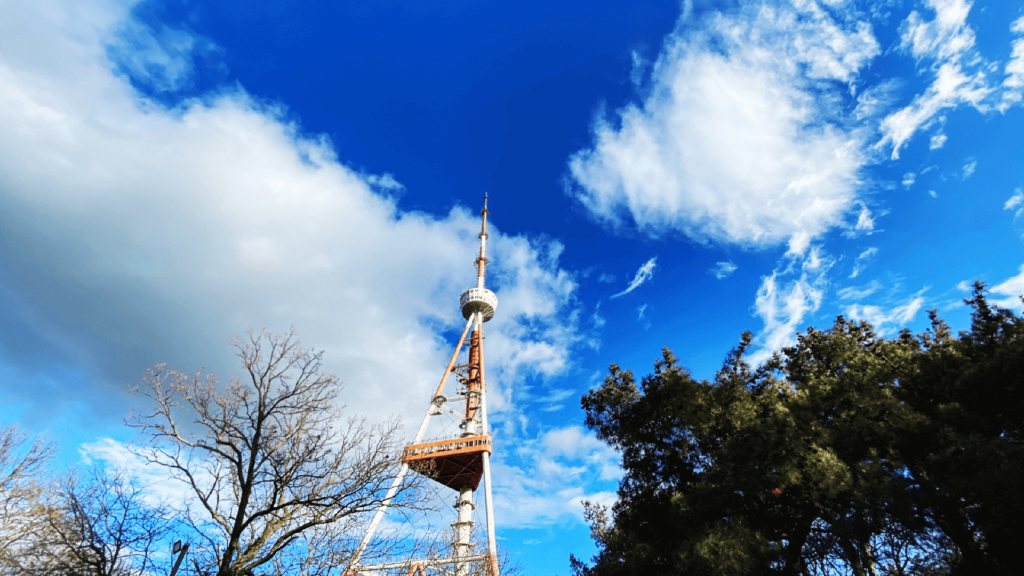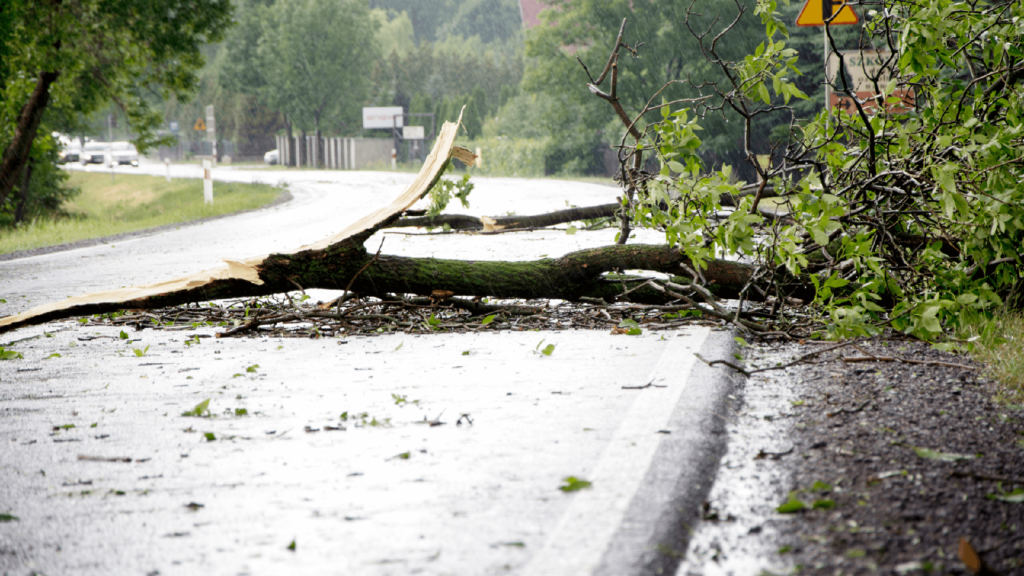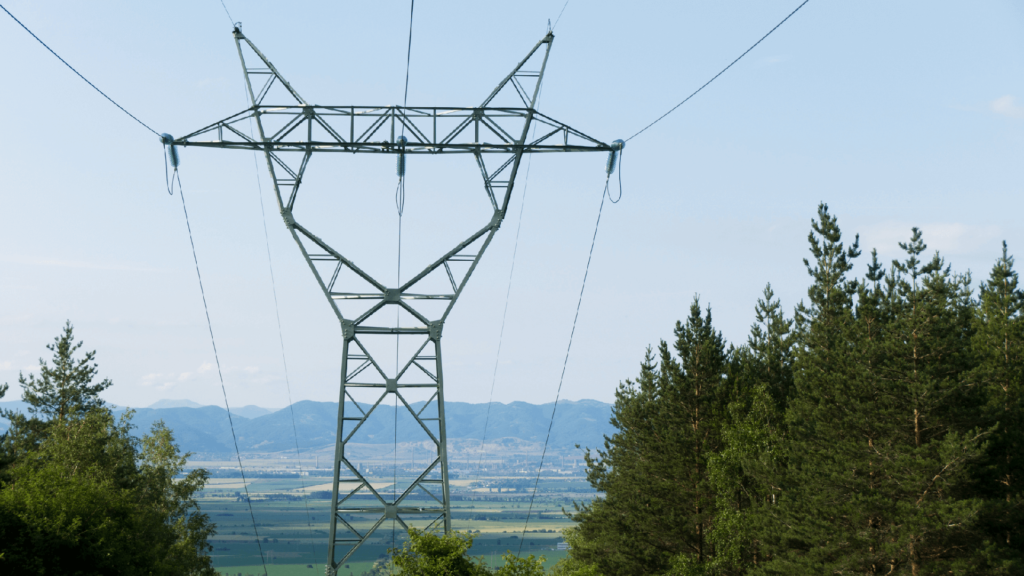
Many companies invest millions of hard-earned dollars into cutting edge communications technology to supplement daily operations. New networks are forged, new signals established. These investments not only affect day-to-day operations within a company, but also the customer experience. Today’s consumers expect communications, particularly the ones they pay for themselves, to be speedy and uninterrupted.
Unfortunately, there’s an unpredictable force that can wreak havoc on entire communication systems, forcing outages and service disruptions. We’re talking about the weather!
Adverse weather cannot be controlled, but it can only be protected against and planned for. In this blog post, we’re going to break down the three major technologies that adverse weather affects most. We’ll also wrap up each paragraph with some troubleshooting tips so you’re prepared!
Cellular Signals
Cell reception seems to get stronger and stronger every year from a consumer standpoint. Cellular communication providers erect new towers and improve their transmission methods regularly. However, not uncommon is reception loss in a densely populated area that is not prone to such disturbances. What could be happening here?

Weather can profoundly affect cellular signals. The leading cause of service disruption is rain. The density of water not only scatters and disrupts signals but absorbs the signals themselves. This captured energy is converted to heat, thus affecting the point A to B transmission of such signals.
Other types of inclement weather also have effects, though to a lesser degree. Thunderstorms produce electrical disturbances. Snow and hail scatter signals. Even the most durable communications infrastructure is vulnerable to such events.
What To Do
Our number one recommendation for improving cell service during times of adverse weather is to invest in a cell signal booster. This valuable technology will actively mitigate weather-related transmission loss, keeping your company online and responsive.
Internet Signals
Rain is also the main culprit for internet signal disruption, from a signal strength standpoint. However, it’s not the only disruptive force.
The volume of precipitation in the air will affect your internet signal, but what about the damage such weather causes? A wind storm can knock down power lines and sever communication lines completely. A snowstorm can cause a driver to collide with a municipal power pole, disconnecting overall power to large swaths of local residents. In these cases, it is not the weather conditions themselves holding up communication transfer, it is the downstream impacts of the weather conditions. Weather is powerful, responsible for millions of dollars in lost revenue every year.

What To Do
Besides updating existing hardware such as routers and modems, it is wise to invest in internet signal enhancement technologies. These tools will strengthen your signal during adverse weather. In times of outage, it is important to have a backup plan in place. Such plans usually include generators and radio technologies.
Radio Signals
The weather, water and climate monitoring communities rely heavily on radio signal technology. Radio signals allow such organizations and businesses to observe and track earthly activities and communicate findings to relevant stakeholders. Health services also rely on these signals, allowing them to serve communities effectively.
Radio signals are impacted by weather in two primary ways. Precipitation is the first consideration. The second is humidity. The abnormal presence of either of these will reflect, absorb, scatter, refract and diffract radio signals, causing service disruptions or temporary connectivity loss.

Secondary factors for communication issues between radio signals include temperature variations and atmospheric electricity. Though these are responsible for fewer disruptions, they present their own unique challenges and troubleshooting requirements. No matter the cause, radio signal disruption is difficult to track and plan for because of the larger distances between signals. Though radio signals travel at the speed of light, the amount of territory covered leaves them particularly vulnerable to disruption.
What To Do
Though we can’t recommend blanket fixes for this technology, we know a couple of places to start. For companies who operate in locations known to experience adverse weather, we recommend the temporary rental of ‘cell on wheels’ portable towers. These units will give you the freedom and flexibility to establish signals in areas with frequent outages. For those businesses and individuals that require smaller-scale solutions, we recommend getting in touch to discuss antenna options. Radio antennas are an excellent, localized option for improved signal reception.
Conclusion
Success in business requires risk management. Unfortunately, the weather is uncontrollable and highly variable. While you can’t control the weather, you now have the knowledge and insight to better predict service disruptions and deal with them accordingly. We advise every business relying on communications technology for daily operations to have someone who checks the weather at least daily. Tracking incoming weather changes will allow you more time to prepare for potential disruptions, and the action steps we detailed here will give you the confidence to respond to them.
At Earth Communications, our primary focus is you. Your company goals are important to us, and we make every effort to align your communication needs to your most important objectives. Our solutions-first team is always ready to keep your business communicating effectively.
